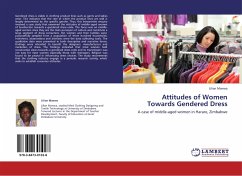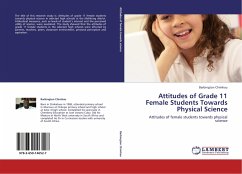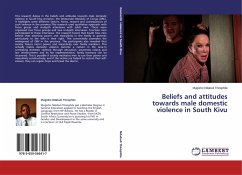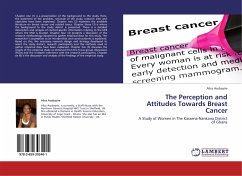Gendered dress is visible in clothing product lines such as gents and ladies wear. This indicates that the rate at which the product lines are sold is largely determined by the specific gender. Thus, this interpretive enquiry involved a case study that examined the attitudes of middle aged women of Southerton towards a gendered dress code. The focus was on middle-aged women since they are the main purveyors of culture and constitute a large segment of dress consumers. Ten women and their families were purposefully sampled from a population of three hundred households. Interviews, observations and artefacts were the data collecting tools. The qualitative data were presented in both descriptive and narrative forms. Findings were intended to benefit the designers, manufacturers and marketers of dress. The findings indicated that most women held conservative views towards a gendered dress code and its transmission was not easy for most women especially those with teenagers. Religion was found to be pivotal in influencing dress choices. The study recommends that the clothing industry engage in a periodic research activity, which seeks to establish consumer attitudes.
Bitte wählen Sie Ihr Anliegen aus.
Rechnungen
Retourenschein anfordern
Bestellstatus
Storno








